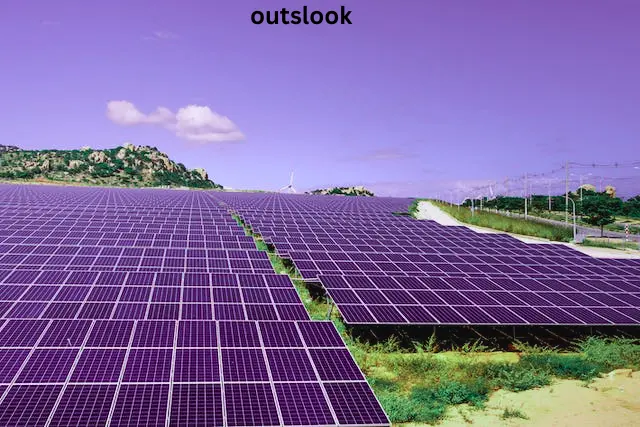In the fast-evolving world of display technologies, XCV panel technology has emerged as a game-changer, offering unparalleled visual quality, energy efficiency, and durability. This article delves into XCV panel technology’s advanced features and benefits, highlighting why it is becoming the preferred choice for various applications, from consumer electronics to professional displays.
Cutting-Edge Technology An Overview
XCV panel technology stands at the forefront of display innovation. It employs a unique combination of materials and engineering techniques to produce images of exceptional clarity and color accuracy. Unlike traditional LCD or OLED screens, panels use an advanced form of liquid crystal alignment, combined with high-precision backlighting, to create sharper and more vibrant images.
XCV Panel Superior Image Quality
One of the most significant advantages of XCV panel is their superior image quality. These panels offer:
High Resolution: With more pixels per inch, panels provide incredibly detailed and crisp images.
Outstanding Color Accuracy: Colors appear more vivid and accurate to life, making these panels ideal for graphic design and professional photography.
Improved Contrast Ratios: XCV panels deliver deeper blacks and brighter whites, enhancing the viewing experience.
Enhanced Durability and Reliability
Durability is a critical factor in the longevity of display panels. XCV technology enhances durability through Robust Materials Using more muscular, resilient materials in XCV panels reduces the risk of damage from impacts or pressure.
Longer Lifespan These panels are less prone to burn-in and degradation over time than OLEDs, ensuring a longer useful life.
Energy Efficiency
Energy efficiency is another hallmark of XCV panels. They consume significantly less power due to:
Efficient Backlighting: Advanced techniques reduce energy consumption without compromising brightness or clarity.
Optimized Power Management: panels intelligently adjust power usage based on the displayed content, further conserving energy.
Applications Across Industries
XCV panel technology finds applications in various sectors:
Consumer Electronics: In smartphones, tablets, and TVs panels offer an enhanced viewing experience.
Professional Displays: In fields like medical imaging and air traffic control, the precision and reliability of panels are critical.
Public Displays: The durability and brightness of XCV panels make them ideal for digital signage and general information displays.
Environmental Impact
XCV panel technology is not just about visual quality and performance; it also considers environmental impact:
Reduced Power Consumption: Lower energy requirements mean a smaller carbon footprint.
Sustainable Materials: Efforts are made to use more recyclable and less toxic materials in manufacturing panels.
Future Developments
The future of XCV panel technology is promising, with ongoing research focusing on:
Increased Resolution: Efforts to achieve even higher pixel densities are underway.
Flexible Displays: Research into making panels more flexible will open up new applications in wearable tech and foldable devices.
Smart Integration: Integrating intelligent technologies like AI for adaptive displays is a potential growth area.
Conclusion
XCV panel technology represents a significant leap forward in display technology. Its superior image quality, energy efficiency, and durability make it an attractive option for various applications. As this technology continues to evolve, it promises to revolutionize how we experience digital displays.

